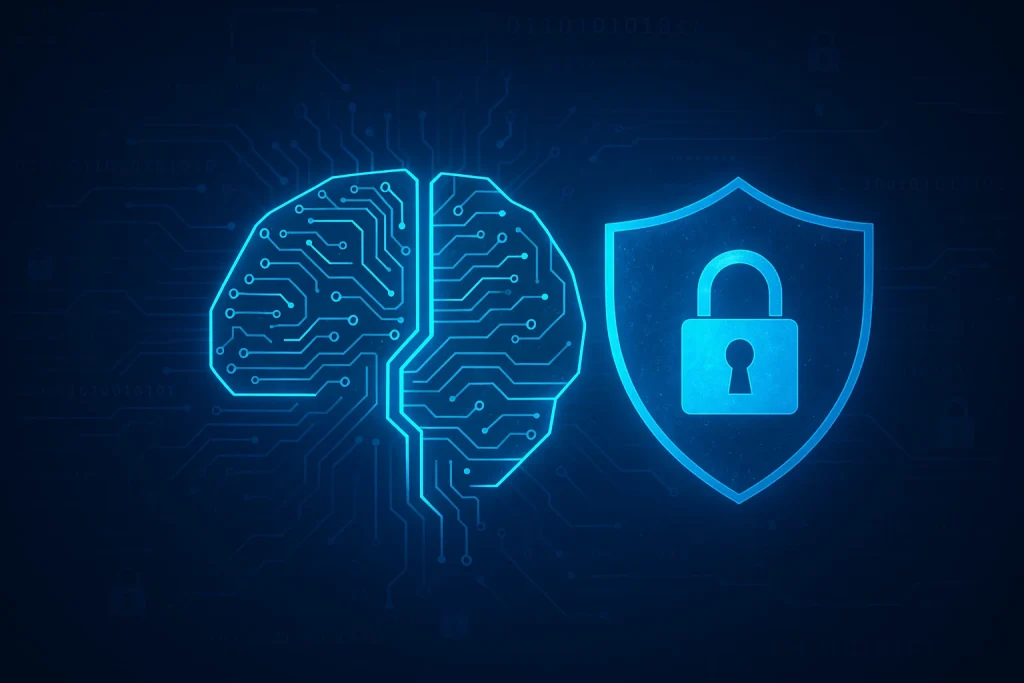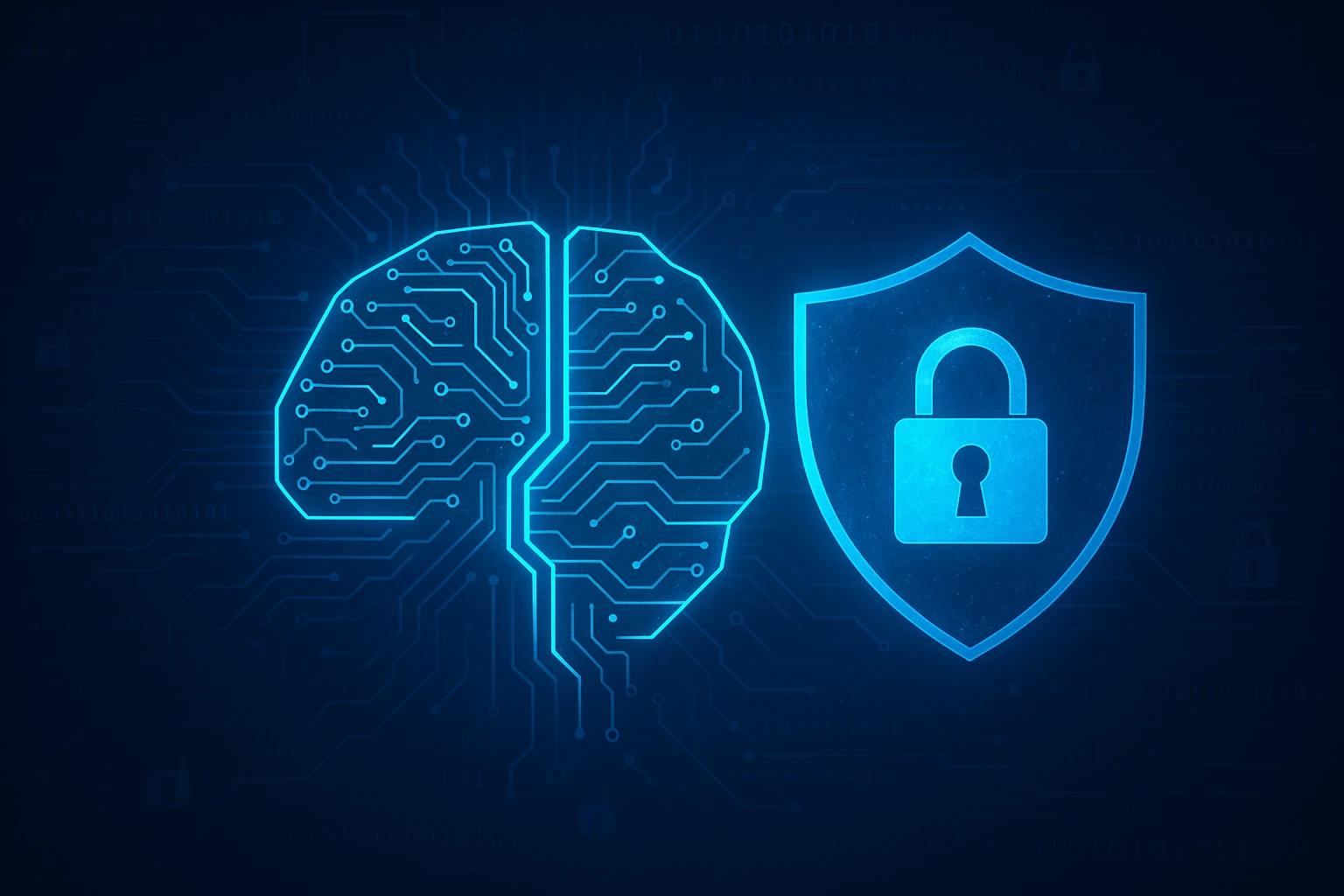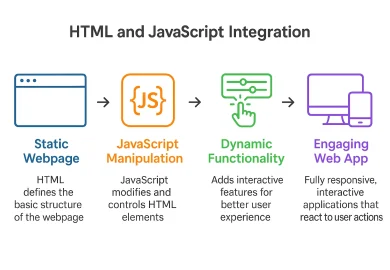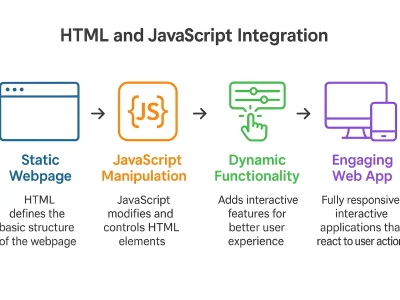Introduction
There were days when firewalls and antivirus softwares prevented malware attacks. Although the revolution of AI impacts many technological advancements, it also gives rise to numerous harmful cyber threats to digital data at an alarming rate. Hence, the integration of AI in Cybersecurity is essential to protect organisations’ and users’ data against malware attacks and threats. According to the IBM report, suspicious malware attacks are identified and responded to within 60 seconds, thanks to the use of AI-powered cybersecurity solutions.
In this fast-paced world, the use of AI and ML is essential to speed up threat detection and a faster response to cyber attacks. This shifts the focus from technical advancements to making AI-driven cybersecurity solutions the only mandatory option.
This article explains the threat detection and prevention strategies for cyber attacks, utilising the integration of AI in cybersecurity. Readers can gain knowledge about the threat detection mechanisms, prevention strategies, challenges, future outlook, and actionable insights for the integration of AI in cybersecurity.
Understanding AI in Cybersecurity
Artificial Intelligence is the method of endowing a system or machine with human intelligence capabilities that operate automatically, without requiring human intervention. Machine learning (ML) is a part of AI that enables self-decisions with minimal human intervention by analysing and learning from the system’s data and patterns. Here, both AI and ML are used on large datasets.
Though ML is a part of AI, both have distinct uses and methods. AI works by leveraging human intellectual skills, whereas ML works by learning various data-driven methods. In cybersecurity, AI is utilised for decision-making processes, whereas ML is employed to learn pattern recognition and perform predictive analytics. For instance, ML algorithms can identify unusual registration to the website as an indicator of a cyberattack. At the same time, AI systems can determine the appropriate response, such as blocking the user registration for the attack.
AI-enhanced cybersecurity frameworks, such as the Zero Trust Model, operate under the rule of “never trust, always verify.” Thus, this model requires mandatory verification of identity for every user and the device accessing the network resources. This is achieved by continuous monitoring and analysis of user behaviour, network deviations, and system state. It ensures that the access controls respond to emerging threats and user behaviours.

AI-Driven Threat Detection Mechanisms
AI in Cybersecurity offers various mechanisms for detecting potential threats that bypass traditional cybersecurity measures.
Behavioural Analysis: Learning Normal Patterns
Behavioural analysis utilises machine learning algorithms to establish standard behaviour patterns for users, devices, and network traffic as a reference. It monitors activity and identifies deviations from established patterns. AI can identify these behavioural changes and specify insider threats and security breaches.
Pattern recognition for known threats
ML is trained on vast datasets of known malware signatures and attack pathways. This supports the AI to instantly respond to the identical patterns associated with threats in real-time network traffic.
Predictive analytics to forecast attacks
This analytics uses historical attack data and vulnerability disclosures to forecast potential future attacks. It supports organisations in strengthening their defences before the attack. For instance, if the purchase location or any patterns are significantly deviated from the typical behaviour, then the transaction is flagged,
Real-world tools: Darktrace Antigena, Vectra AI
The Darktrace Antigena tool analyses the organisation comprehensively and responds to cyber threats in real-time, without requiring prior knowledge of the attack. Vectra AI identifies invisible attacks across cloud, identity, and network environments.
AI in Threat Prevention Strategies
Artificial intelligence (AI) in cybersecurity plays a proactive role in preventing cyberattacks. Some of the threat prevention strategies are as follows:
Automated Incident Response
AI-automated incident response initiates a response to mitigate threats by analysing security alerts and correlating events without requiring human intervention. AI-powered tools, such as Sangfor’s AI-driven solutions and SentinelOne, detect, analyse, and respond to cyberattacks in real-time. This improves the response time with minimal damage.
Enhanced Vulnerability Management
AI enhances Vulnerability management by continuously monitoring known weaknesses. This identifies the vulnerabilities based on their potential impact and risk levels. Most commonly used tools for enhanced vulnerability management are Nessus and McAfee. Nessus reduces the false discoveries and improves the accuracy of vulnerability management. McAfee tools predict the most likely exploited vulnerabilities, enabling proactive responses to critical issues.
Adaptive Security Systems that evolve
The main drawback of traditional security systems is that they rely on static rules and signatures, which may fail to adapt to emerging threat trends. However, AI-powered Adaptive Security systems continuously learn from new data and trends in cyber attacks. This allows the system to defend against attackers who constantly modify their tactics. It ensures the continuous protection against sophisticated cyber threats.
AI in phishing detection
This AI-powered strategy analyses email content, sender behaviour, URL links, and small attachments for malicious intent, detecting and preventing sophisticated phishing attempts. Tessian learns standard email communication patterns through machine learning (ML) and detects anomalies that indicate phishing or email compromise (ECP) attacks. Area 1 Security employs AI predictive analysis to detect and block phishing campaigns’ emails before they reach the users’ inboxes.
AI systems analyze large datasets for cybersecurity patterns, which is closely related to data science techniques used to uncover patterns, predict outcomes, and make data-driven decisions.”
Real World Applications and Case Studies
Industry Case Studies: Microsoft Cyber Signals, CrowdStrike
Microsoft Cyber Signals provides an overview of how both attackers and defenders employ AI in this evolving threat landscape. CrowdStrike is extensively used in the Falcon platform by integrating AI and ML. Crowdstrike is used to achieve edge-to-edge security, immediate response services, and threat intelligence.
AI-powered tools: Cortex XDR, IBM QRadar, SentinelOne
Cortex XDR by Palo Alto Networks is an extension that uses AI and ML to identify and respond to threats across edge-to-edge points, cloud environments, and networks. IBM QRadar helps organisations to identify threats and prioritise responses for Security Information and Event Management (SIEM) protection. SentinelOne’s AI-driven tools provide autonomous endpoint protection, identifying and mitigating threats in real-time.
Integration with existing systems like SOCS and SIEM platforms
The traditional method of Security Operations Centres (SOCS) and Security Information and Event Management (SIEM) platforms has a significant drawback, including difficulty in handling complex threats, slower response times to threat detection, and higher false-positive rates. The integration of AI with existing systems automates the identification of threats and response processes, enabling the handling of vast sets of data, complex threat handling, and improvement of response time and overall security processes.
Comparative Analysis
The traditional method of cybersecurity relies heavily on manual analysis, rule- and signature-based detection, and reactive, immediate response. AI-powered tools utilise machine learning (ML), predictive analysis, and behavioural analytics to detect threats, including malware and zero-day exploits. The traditional method often struggles with unique attacks and large datasets. This necessitates the integration of AI with conventional systems for identifying indirect anomalies and handling vast datasets, as well as for detecting new threats and generating automated responses.
Challenges and Considerations
- Handling complex datasets using AI in cybersecurity may raise concerns about the potential privacy leakage of users and the ethical implications.
- AI models may result in high false positives (identifying correct activity as a threat) and false negatives (failing to identify actual threats).
- Discriminatory results often occur due to biased data. Hence high high-quality training data is required for better AI performance.
- Most common adversarial attacks, such as model poisoning, inject malicious data into the training data. To avoid complexity in detecting specific threats, defences against these attacks need to be improved.
- Organisations that employ AI in cybersecurity face complex regulations, such as GDPR and CCPA, which may require a practical analysis and use of personal information.
- An ethical framework is essential to enhance the tolerance, transparency, and accountability of a system that utilises AI in cybersecurity.
Future outlook
To store and manage digital identities, Blockchain, which contributes an immutable and transparent ledger, is integrated with AI to reduce the risk of identity theft and fraud. Continuous learning systems will help AI in cybersecurity be more adaptable to emerging attacks and threats. Quantum computers can easily break current encryption techniques. Hence, the role of quantum computing in future cybersecurity is essential for developing quantum-resistant cryptography.
Actionable insights and Recommendations
Pilots use tools like SentinelOne or CrowdStrike Falcon, which are initiated through pilot programs to improve effectiveness in your specific environment. Training and upskilling cybersecurity teams foster a deeper understanding and more effective utilisation of technologies. To enhance the capabilities of the current system, integrating AI-powered tools with system analytics in a strategic manner is essential.
Conclusion
With the rapid integration of AI into system analytics, it is crucial to ensure data integrity, maintain privacy, and adhere to regulatory compliance, strategic integration, and ethical deployment.
AI in cybersecurity enables the development of robust and responsive security strategies to combat emerging threats in the digital age. Thus, the business may stay ahead of cyber threats.





